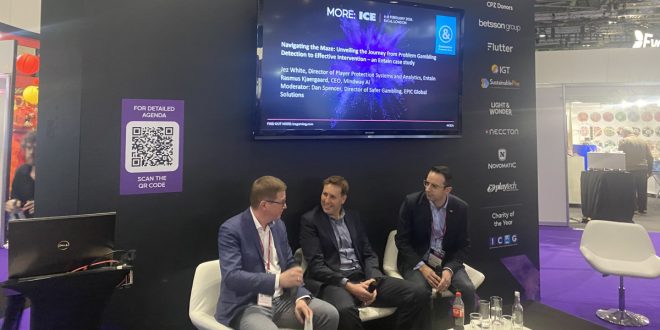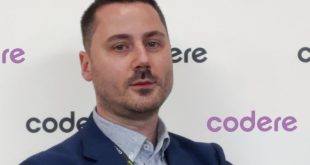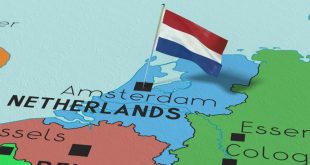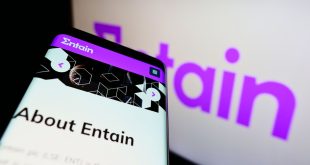The rollout of Entain’s player protection journey over the past eight years has been a ‘bumpy journey’, according to the firm’s Director of Player Protection Systems and Analytics, Jez White, but the improvements have been ‘massive’.
White made his observations whilst speaking at Navigating The Maze, a panel session during ICE London 2024 within the expo’s Consumer Protection Zone which delved into the journey from problem gambling detection to effective intervention, while also studying Entain’s development in the sector.
Meanwhile, Dan Spencer, Director of Safer Gambling at EPIC Global Solutions, shared how his personal experiences of gambling addiction have helped detect others in a similar position, specifically highlighting the importance of meaningful human interactions.
Finally, Rasmus Kjaergaard, host of the panel session and CEO of Mindway AI – a scientific-based protections solutions provider based on AI in combination with human psychology assessments – highlighted the importance of connecting with your customer base.
“To the largest extent possible, we want to figure out what gambling behaviour looks like per player – if it is average or problematic,” explained Kjaergaard, who emphasised the goal of an earlier, more individualised and accurate protection of gambling behaviour.
He added that what the company also wants to achieve is to help operators enhance their player protections. “But also,” he continued, “we want to provide even better decision making support.”
White then explored Entain’s model and how it has evolved, referencing how the firm’s model when he initially joined the company was “unexplainable”.
“Although the model was doing a good job, when it was passed to our operations division, they couldn’t understand why this model was identifying these players. It was identifying the right players, but they couldn’t tell why,” said White.
This meant that Entain’s operations team could not then go and speak to the customers and try to explain to them why they were talking to them. “It was a massive gap between operations and the model,” he asserted.
Looking elsewhere, Entain got involved within the Markers of Harm system back in 2019.
“Five operators came together, and we took advice from them, from other consultancy groups, to come up with nine markers of harm. That was a really good period of time – we got the markers nailed on.
“I thought that solution was incredibly good, it was accurate, and it was explainable. Those are the two areas that I’ve looked for over the past few years – to get a model that is as accurate as possible, and as explainable as possible.”
White explained that these nine markers went down to seven due to regulatory changes, which had a ‘massive impact’ on the accuracy of the model. Entain then took it upon itself to explore other research, ending up with 26 markers.
“We asked EPIC, carried further research, and spoke to more operators, to help build up these 26 markers,” the specialist added. “We also split these markers down by products – which then gave us a highly accurate model.
“The I got introduced to Rasmus at Mindway, who told me that their model was going to add something to our solution. I didn’t believe it, so we put Mindway up head to head against our internal model.
“I thought ‘yeah let’s just have a go’, but what actually happened is Mindway blew our internal model out the water.”
In detail, Entain’s internal model was very good at finding binge gamblers. In contrast , Mindway’s model identified long-term problem gamblers and ‘a bit more’.
This meant that there was a whole wave of customers potentially experiencing problem gambling that Entain was not identifying in its base.
This led the firm’s to put the two models together, and White said: “We’ve now got an extremely good solution where you’ve got a solution that looks at binge gambling, and also looks at long-term problem gamblers as well.
“We then wrap around all our interaction systems around those two models – for a highly accurate and very very explainable solution, with now 14 markers/ risk factors.”
The company also introduced ‘low, medium and high’ risk scores, which within, is made clear which marker/ set of markers the customer has triggered – meaning the operations team can talk to the customer, and advise suitable action.
Finally, Spencer from EPIC stated: “Essentially, I come in and try to prove how the whole thing doesn’t work, and look for the gaps. The first problem I encountered with this project is that I couldn’t do that – and that’s when we knew we were onto something.”
The Director also lauded the two models as intrinsic to the process: “You really do have two jobs to do here. One job is to find problematic gamblers and exclude them from your customer base.” This is one of the easier tasks faced – looking for high scoring customers on the scale.
“However,” he continued, “you’re not going to find a lot of funding to do that as an operator, because all it does is eradicate money from your bottom line.”
Spencer went on to describe the second job as more important and much harder: “How do you identify problematic gambling-type behaviour as it starts to happen?,” he asked.
“Get to that customer before it gets out of hand, and ideally not get rid of them off your sportsbook, but keep them in a safe place for the rest of their life.”
Reflecting on the discussion, it is clear that complex problems require complex solutions.
In an increasingly strict regulatory environment, sharing of expertise and experience between different stakeholders – including operators such as Entain, tech firms such as Mindway AI and consultancies such as EPIC – is vital for countering problem gambling.









